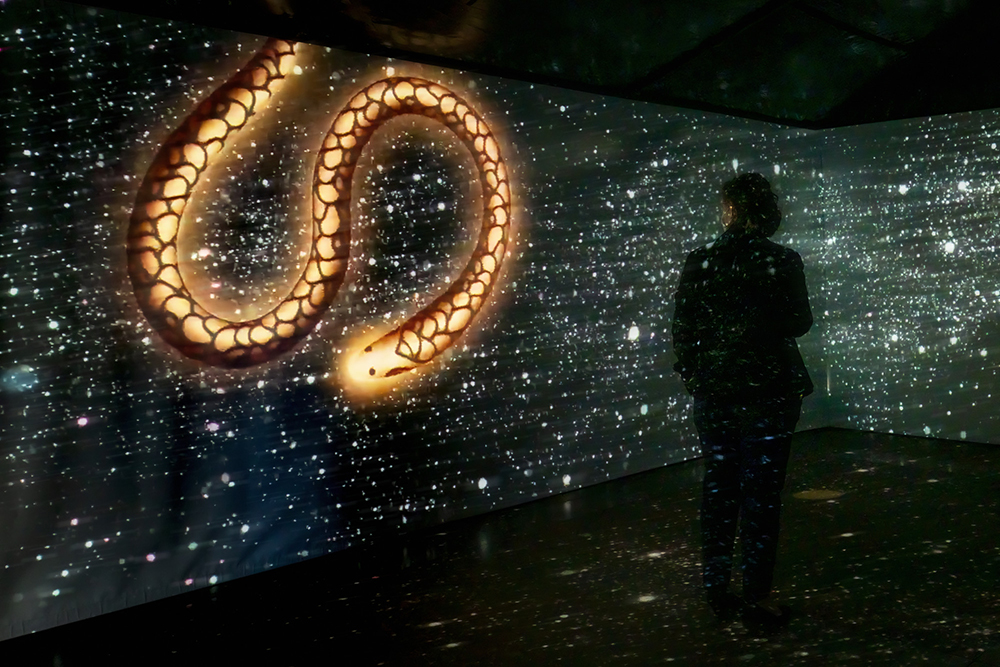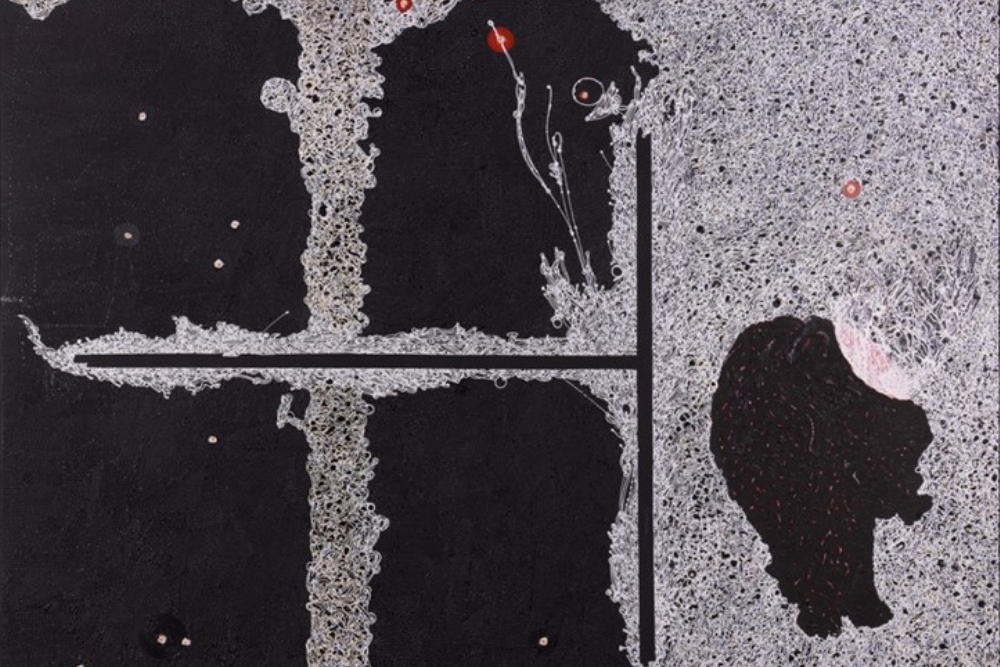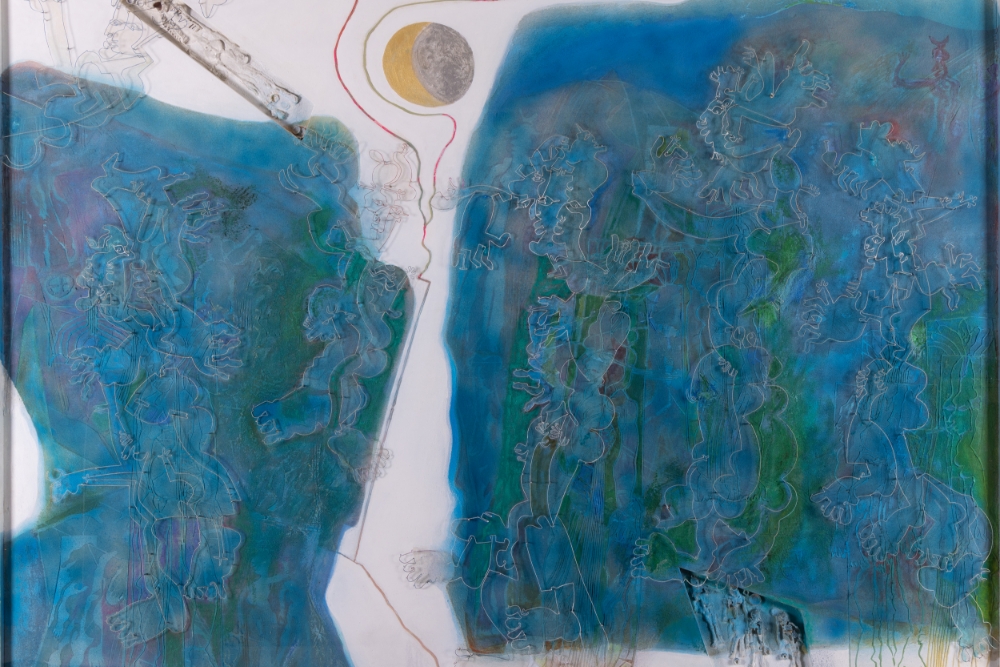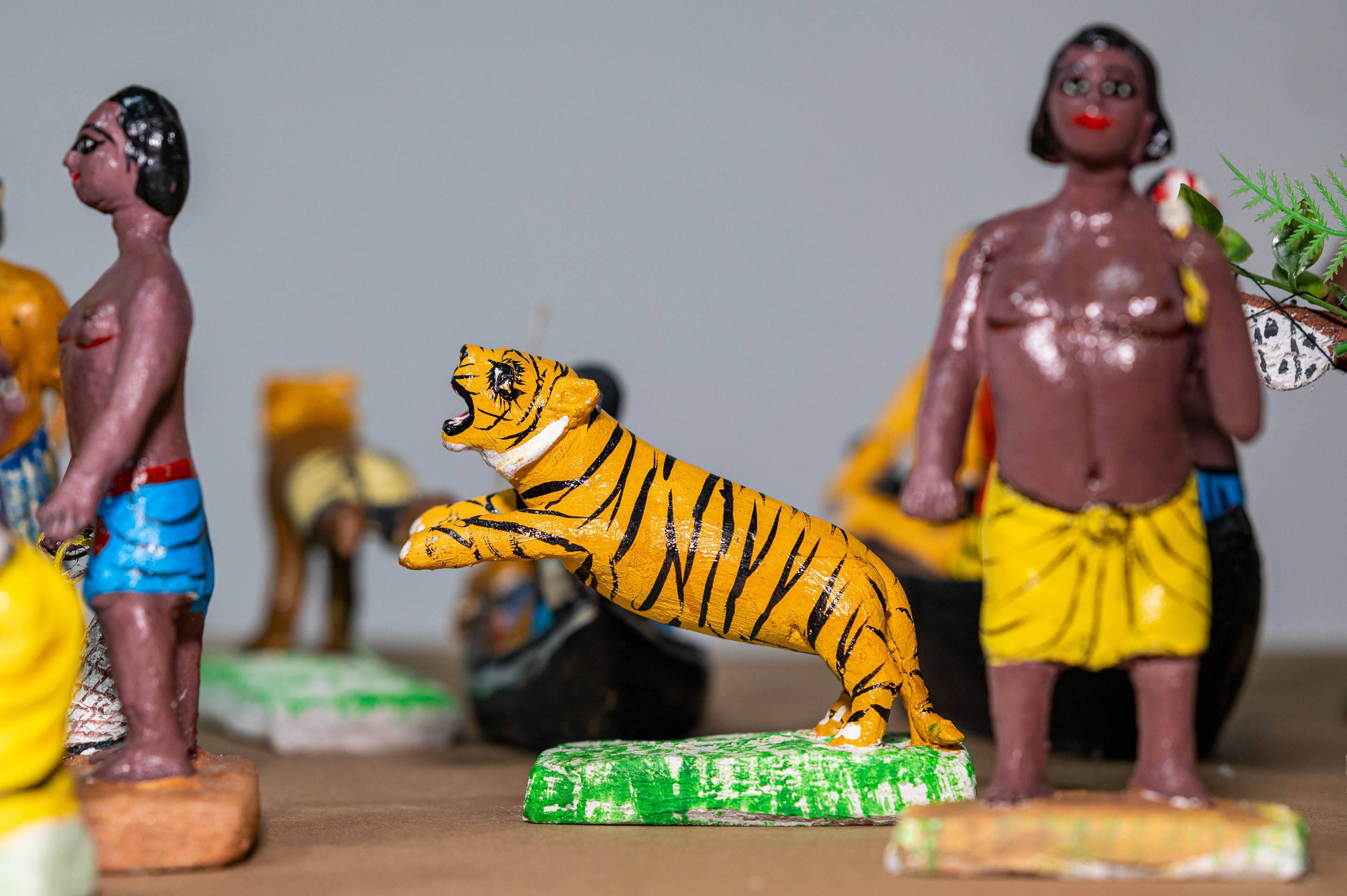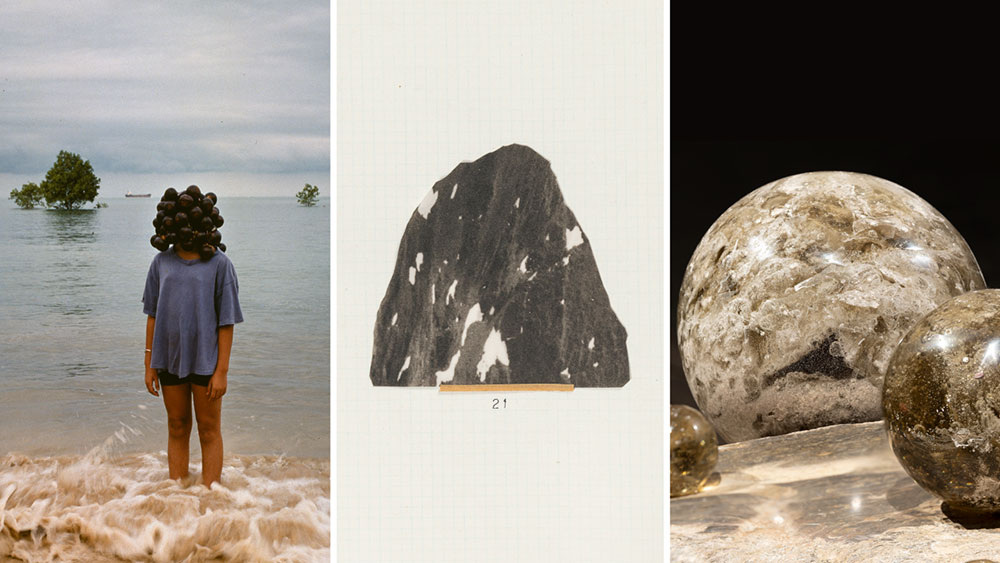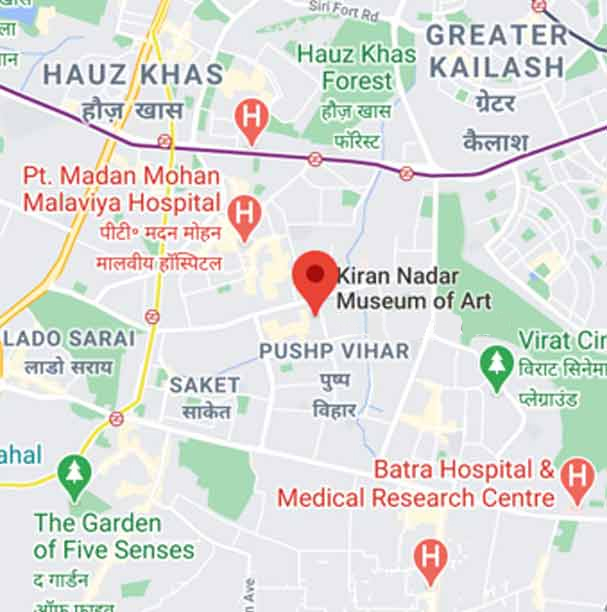- Home
- COMMON COURSE
Past
Poetic, satirical and political commentaries of
Gaganendranath Tagore, Chittoprasad, KG Subramanyan and RK Laxman
‘Common Course’ is a zestful and humorous ride through caricatures, satirical, poetic and political commentaries of four artists of modern India. The exhibition brings forth the stereotypes, contradictory/ critical impressions, resistance, bold alerting signals to civic and political consciousness and moral crises of colonial India as marked in the political posters of Chittaprosad and commentaries of Gaganendranath Tagore on the topical and social history of Bengal. These along with KG Subramanyan’s incisive and stinging poetics on the political drama that unfolded during the 1970s Emergency period and the recurring character of the common man in RK Laxman’s cartoons, interprets and voices opinions on political events and the politics of everyday in post-independent democratic India.
The exhibition includes original lithographs and collaged pages of two seminal books. First one is Gaganendranath Tagore’s album of caricatures ‘Adbhuta Loka (Realm of the Absurd) made in 1917, which captures the strange deformities, social negotiations and transformations happening in colonial city of Calcutta. He draws on the urban stereotypes of the babus, priest, aristocrats, and anglicized bhadralok that he called as ‘hybrid Bengalis’ who are represented in his works as young men half-clad in Indian dhoti and half in European dress. In the introduction to his another album ‘Virupa Vajra/ The Wry Bolt: Play of opposites’ he wrote, “When deformities grow unchecked but are cherished by blind habit, it becomes the duty of the artist to show that they are ugly and vulgar and therefore abnormal." The second book is ‘The Tale of the Talking Face’ by KG Subramanyan. The original collages not only give an insight into the workings and artistry of the master-storyteller and pedagogue Subramanyan, but also the satiric verses that lead us onto the threat of totalitarianism looming through the autocratic ruler/protagonist of his tale. Published in 1989 by Seagull, KG Subramanyan started work on the series in around 1975 when India was under the emergency rule. An array of 43 paper collages constitute the template, building and holding the tension through the black and white spatial registers of events layered with multiple focal points of the narrative.
Treading across varying nomenclatures and understanding of the role of an illustrator, graphic novelist, cartoonist and agitated political resistance, the exhibition reflects on the rich visual syntax and narratives rooted in the conflicts and contradictions of the respective times. It highlights the practice of chronicling social, political and cultural changes in the society through the myriad ways of telling a tale. ‘Common Course’ cuts across genres of popular prints and book illustrations, subverting, parodying, lampooning with characteristics of pictorial journalism, exaggerated physiognomies of protagonists, readings of the political ties and social tensions, common set of criteria or the rising collective effort of the oppressed. ‘Common course’ is a play on the assertion and rights of the commons.
RK Laxman as an artist, could be hailed as the vidushak or jester of modern Indian Politics. The protagonist of his cartoons ‘the Common Man’ is a curiously omnipresent bespectacled middle-aged balding man in his modest dhoti and checkered coat, who silently witnesses the humdrum from a tiny corner of the front page of the daily newspaper. This quintessential ‘Common Man’ bears familiarity with anyone acquainted with the daily affairs of Indian nation. From the prolific oeuvre of RK Laxman, KNMA showcases a rare feat of cartoons where listening, observing, sharp analysis and political commentaries is performed on the most crucial events of the nation. When showcased as a tableau, the immediacy of his swift brush strokes and stinging nature of his humour while unrobing the follies of his peers is palpable. They take you on a tumultuous journey of a newly independent country, its various domestic and international vagaries, and hypocrisy of its leaders and the scandals from 1950s to 1980s. He caricatured almost all significant political leaders and popular public figures of his time, few of the iconic ones are part of the exhibition.
The intense pen and ink drawings and political posters of Chittaprasad from the 1940s and 1950s document and comment on both the world and national political scenarios. There is no meddling or double-speak with the ideologically charged political art of Chittaprasad, it cuts straight and hard just like a hammer and a sickle. He critiques imperialist domination, British India’s repressive policies, the unity of peasant and workers’ union in the face of the trinity of sarkar, sahukar and zamindar, the Royal Navy mutiny, the communal politics of partition, to the challenges, tyranny and social evils of post-independent India. Chittaprasad in his drawings demystifies the ‘politician-capitalist nexus’ manifesting as neo-liberal free trade propaganda to its bare bones of exploitation and growing rich-poor divide. Yet we see that somewhere there is a dream of a utopic future, comprised of peaceful and self-sustained villages with plenty food and work, unfurling under a hoisted communist flag. The regimes have changed, the role of Communist Party is debatable in times today, and the monsters of neo-liberal economy have grown beyond comprehension. Yet Chittaprosad’s artworks adhere to a recounting of the buried truths of a troubled history of India’s development, albeit drenched in ink and strokes of compelling figuration of the common citizen from the margins, upon whose aspirations it has pillared its growth on.

.jpg)











.png)

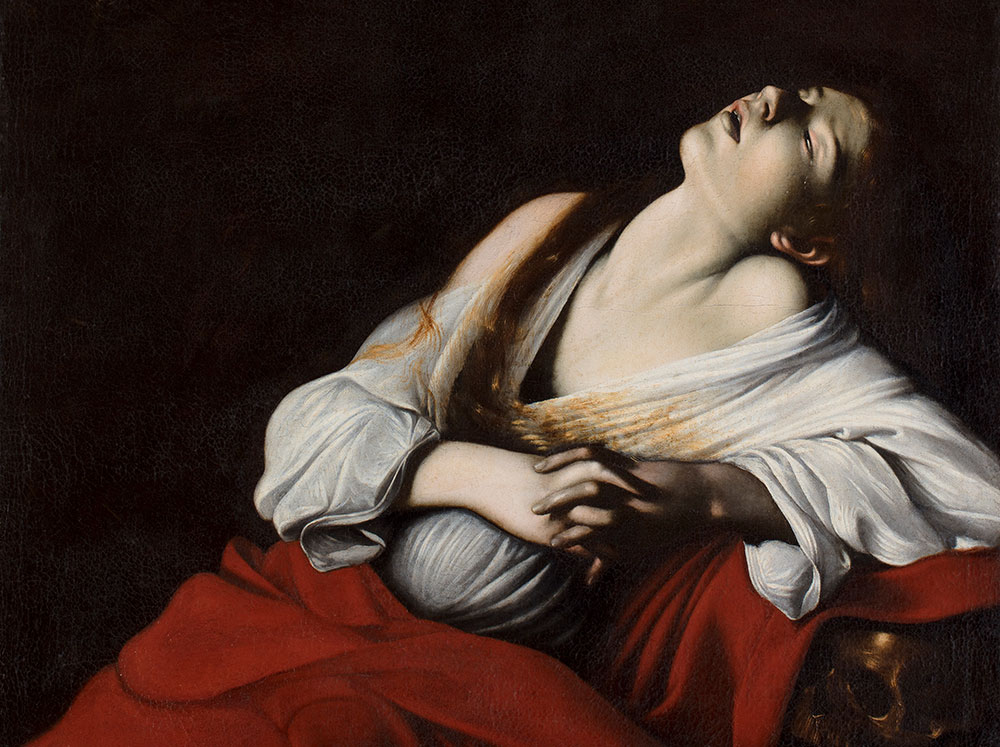
_0.jpg)



























.jpg)










































